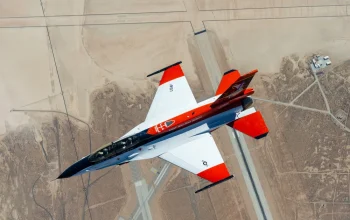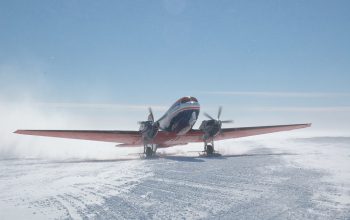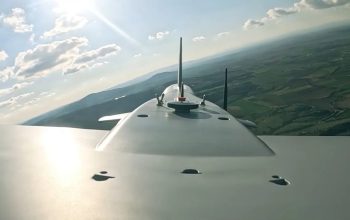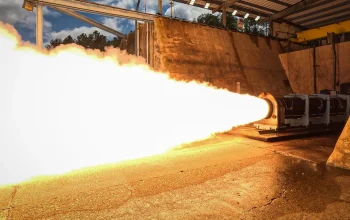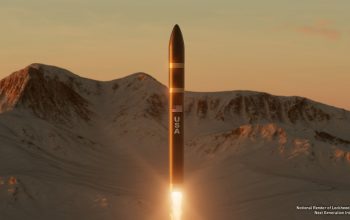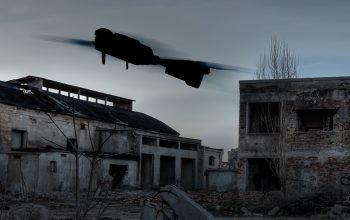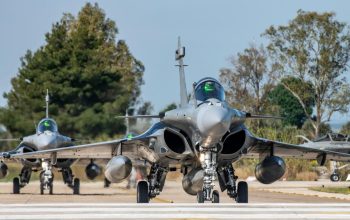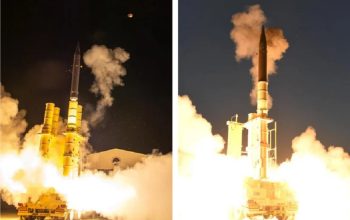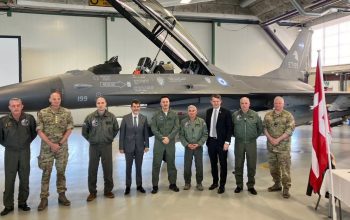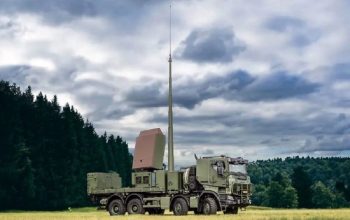NATO’s AWACS aircraft supplies Airborne Early Warning support to seven NATO member nations during exercise Red Flag 21-2 to test and sharpen abilities in countering threats while building a cohesive protocol for real-world events. The detachment operates a Boeing 707 derived E-3A Airborne Warning and Control System (AWACS) aircraft equipped with a state-of-the-art long-range radar, covering a surveillance area of more than 120,000 square miles, which is roughly the size of Poland. Red Flag exercises strive to increase the interoperability of U.S. and allied forces to create agile problem-solvers with the ability to correct decision-making under incredible pressure.
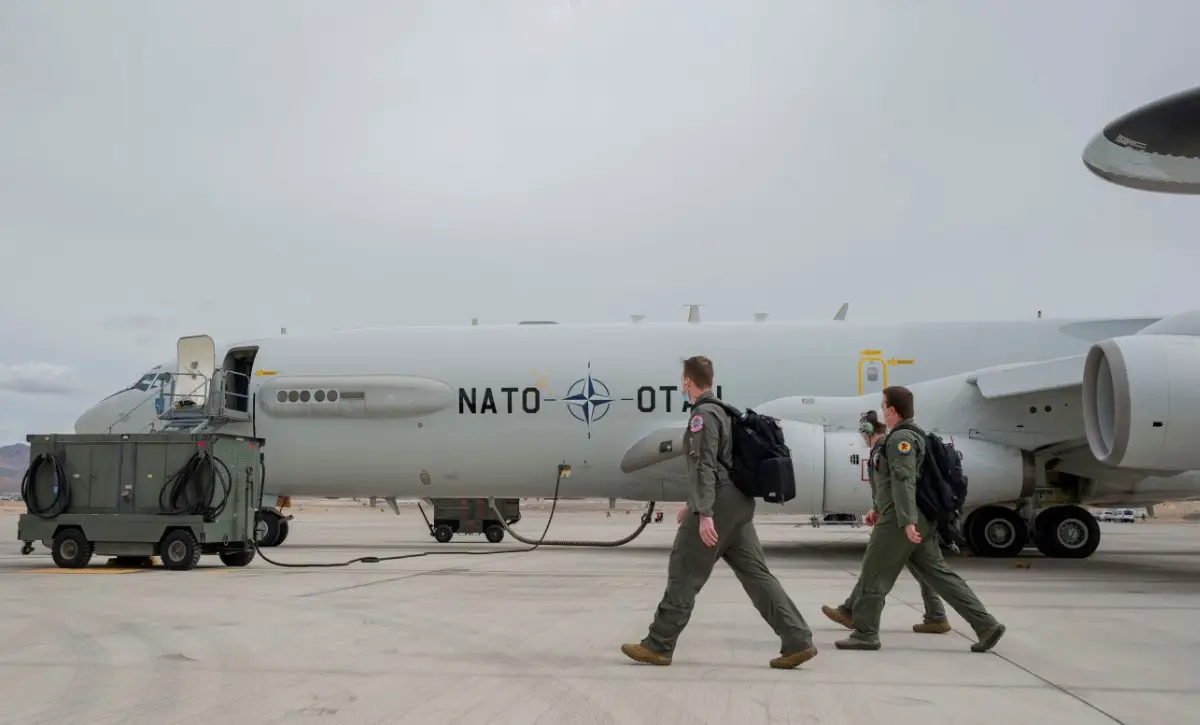
“For decades, Red Flag has been the world’s premier air combat training environment. We’re grateful for the opportunity to train among our Allies to strengthen not only our tactical edge but our strategic resolve. Every single sortie our unit has flown has provided a tough tactical problem to solve in the mission planning process, and the Aggressors have replicated a formidable adversary during the execution. Each of these challenges provides an opportunity to learn and grow as tactical operators through the debrief process.” said Major Stephen Wahnon, Tactical Director and NATO AWACS Red Flag Detachment commander.
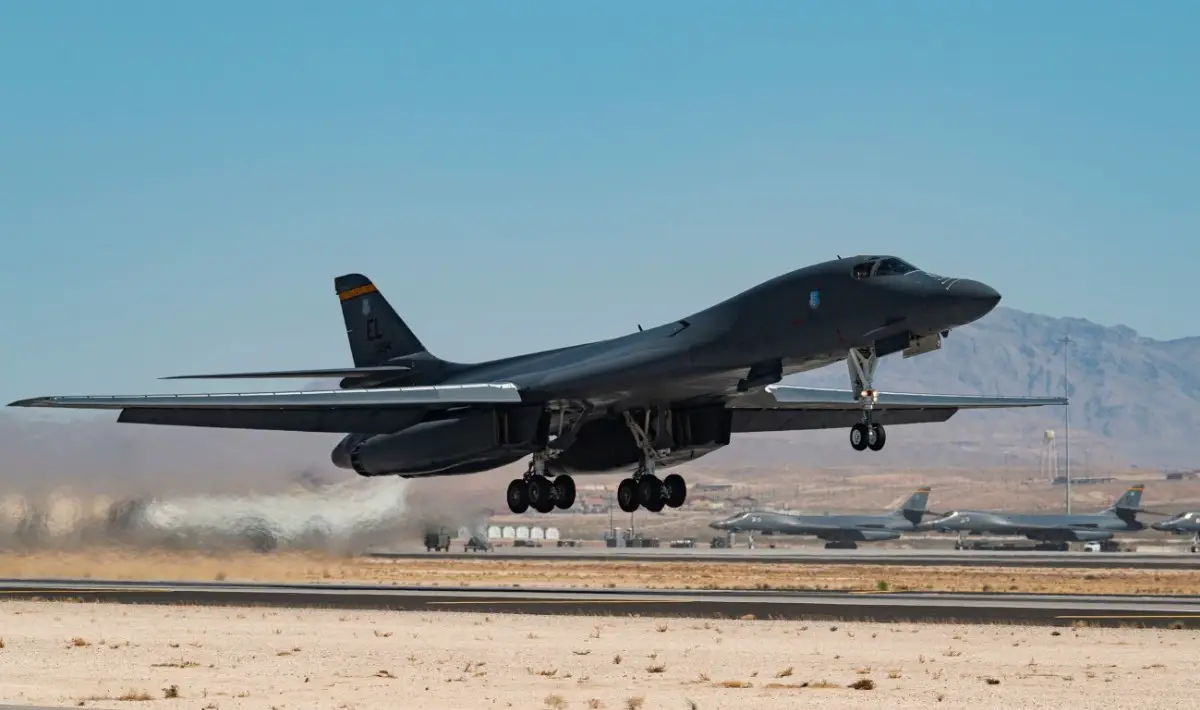
“Confidence under fire is one of Red Flag’s priorities, We purposely focus on new mission commanders and wingmen to put them in difficult, non-permissive environments, to see how they’ll perform. We will shoot at them, distract them and prevent them from accomplishing their mission objectives in a safe and secure environment. Early on, they make a lot of mistakes; however, and as a true testament to the advantage we have with the quality of our U.S. and coalition Airmen, they learn rapidly and overcome all of these obstacles achieving mission success. It’s very impressive and powerful to witness every Red Flag,” said Colonel William Reese, 414th Combat Training Squadron commander.
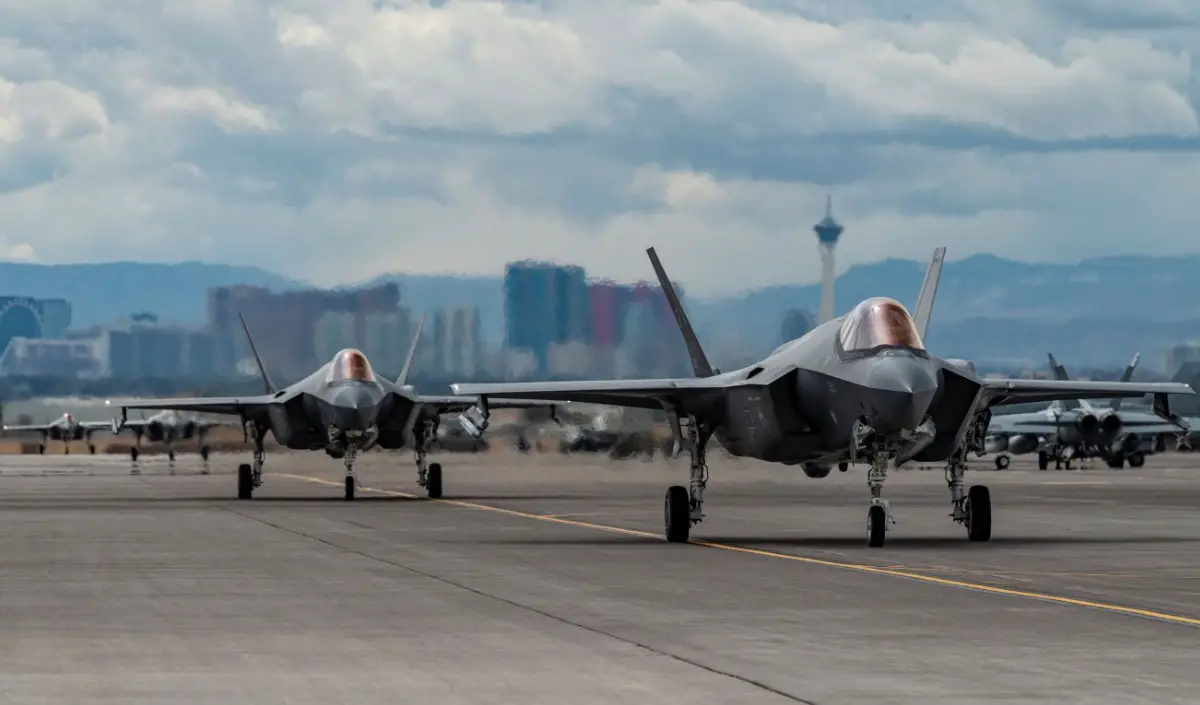
Under Allied Air Command’s operational control, the Airborne Early Warning and Control Force operates a fleet of Boeing E-3A ‘Sentry’ Airborne Warning & Control System aircraft, better known as AWACS. These aircraft provide the Alliance with an immediately available air and maritime surveillance as well as airborne command and control and air battle management capability. With mobility as an airborne warning and control system, the E-3A has a greater chance of surviving in warfare than a fixed, ground-based radar system. Among other things, E-3A can quickly change its flight path according to mission and survival requirements. The NATO E-3A AWACS provides battle management and command and control to Red Flag 21-2 and has participated in all of the mission set, both offensive and defensive.


